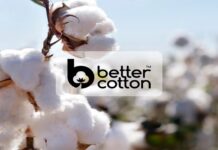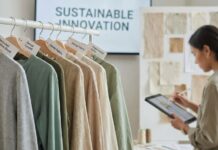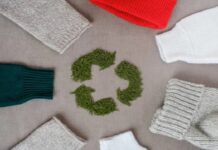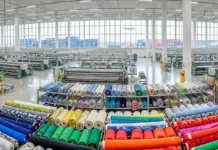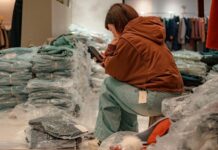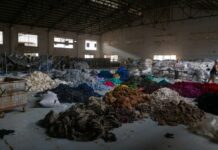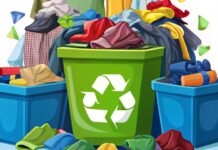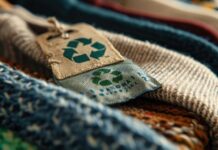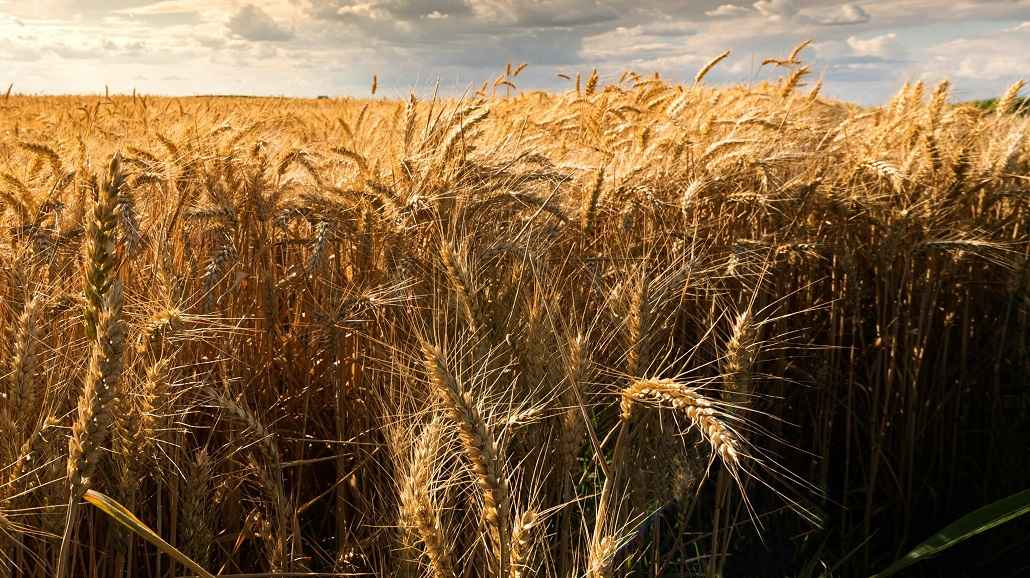The production of clothing from water-intensive cotton significantly impacts the environment. Consequently, there has been a growing interest in using cellulose derived from alternative raw materials as a more sustainable approach to textile manufacturing. Until recently, most efforts have focused on wood-based cellulose. However, a newly published study explores an innovative avenue for producing cellulose fibers using agricultural waste, a plentiful resource in Sweden.
In this research, scientists examined the viability of various agricultural byproducts, including oat husks, wheat straw, potato pulp, and sugar beet pulp. The findings revealed that oat husks and wheat straw were particularly effective for developing a type of pulp known as dissolving pulp, which is utilized in clothing production.
“With this method, which we further developed in this study, we show that you can make textile pulp from certain agricultural waste products,” states Diana Bernin, Assistant Professor at the Department of Chemistry and Chemical Engineering at Chalmers University and a senior researcher involved in the study. “This is an important step toward creating textiles from waste materials instead of relying on cotton, which isn’t climate-friendly, or wood, a vital resource we need to preserve for environmental benefit.”
Eco-Friendly Manufacturing with Soda Pulping
The research team employed soda pulping as a key component of their process. This technique involves boiling the raw material in lye, making the production method more environmentally sustainable.
“Lye doesn’t contain any toxins or substances harmful to nature,” Bernin clarifies. “Soda pulping is not suitable for wood fibers, so producing textile pulp from wheat straw and oat husks requires fewer chemicals than traditional methods using forest-based cellulose. Additionally, this approach simplifies the process since it eliminates the need for steps like chipping and debarking. It also enhances the economic value of oats and wheat by repurposing agricultural residues as raw materials for cellulose extraction.”
Bernin believes that many other agricultural waste products could be adapted for textile manufacturing using the method developed by her team. She is currently participating in an international project that has demonstrated that grass press cake—leftover material from field grass—can also be effectively used to create dissolving pulp.
In ongoing studies, yet to be published, researchers have taken strides toward practical applications of dissolving pulps by developing textile fibers from wheat pulp and grass press cake.
Utilizing Existing Industries for Sustainable Solutions
Looking ahead, Bernin sees significant potential in leveraging the existing pulp-and-paper industry, which already possesses the necessary technology and processes, to produce dissolving pulp from agricultural waste.
“If we can utilize our current industry and adapt their processes rather than constructing new production facilities, we will have made considerable progress,” she asserts.
The lead author of the study, Joanna Wojtasz, who was a postdoctoral researcher at Chalmers and is now affiliated with the innovation company Tree To Textile—one of the project’s partners—echoes this sentiment.
“The study illustrates the substantial potential found in agricultural waste,” Wojtasz emphasizes. “We should not overlook the opportunity to utilize these cellulose sources for the clothing of the future.”






